The cylinder piston assembly is a critical component of an internal combustion engine. Its design and function play a vital role in determining engine performance, efficiency, and overall power output. Understanding the mechanics behind the cylinder piston helps shed light on how engines work and what makes them efficient. In this article, we will explore the basic principles of cylinder pistons, the various types and configurations, the relationship between the piston and engine performance, and advancements in piston technology. By the end, you will gain a deeper appreciation of the mechanics behind this crucial engine component.
Introduction to Cylinder Pistons
Cylinder piston is essential parts of internal combustion engines. They have a direct role in helping engines generate power. Understanding their function helps to know how engines operate.
What Is a Cylinder Piston?
A cylinder piston is a cylindrical component that moves within an engine’s cylinder. It is engineered to withstand high pressure and temperatures. The piston travels up and down, creating the necessary force for engine operation. Its movement transforms combustion energy into mechanical energy effectively.
The Role of Pistons in Engine Operation
Pistons control the engine cycles, such as intake, compression, power, and exhaust. During the intake stroke, they help draw air and fuel into the cylinder. In the compression stroke, pistons squeeze the mixture to prepare for ignition. When the mixture combusts, pistons transmit this energy to the crankshaft, producing power. The exhaust stroke allows pistons to expel burnt gases. This seamless sequence keeps engines operating efficiently.
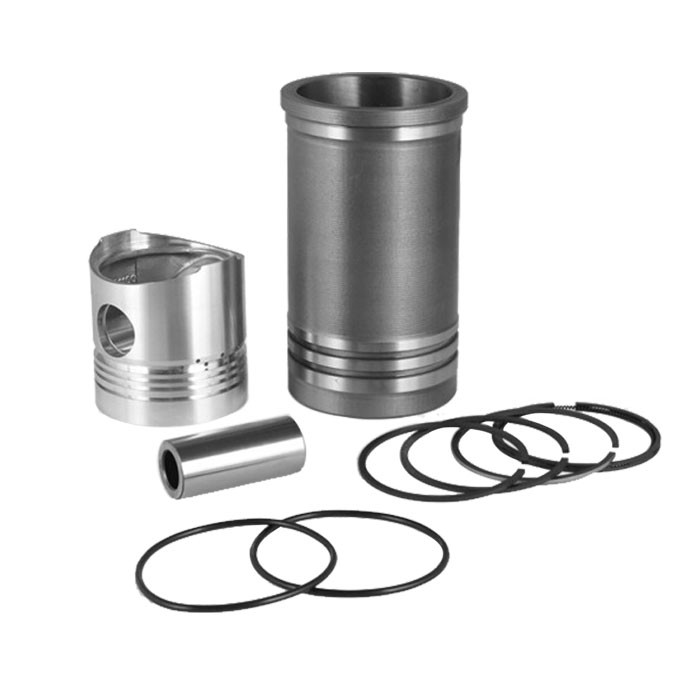
How Cylinder Pistons Function
Cylinder pistons are crucial to an engine’s performance. Their motion drives the engine’s power and functionality. Let’s explore the processes that enable pistons to work effectively.
The Four-Stroke Engine Cycle
The four-stroke engine cycle consists of intake, compression, power, and exhaust strokes. Cylinder pistons play a key role in each step:
- Intake Stroke: The piston moves down, pulling air and fuel into the cylinder.
- Compression Stroke: The piston travels up, compressing the air-fuel mixture tightly for ignition.
- Power Stroke: Combustion occurs, pushing the piston downward, generating energy and movement.
- Exhaust Stroke: The piston moves up again, expelling burnt gases through the exhaust valve.
This cycle repeats rapidly, allowing the engine to continuously produce power.
Compression and Combustion Processes
Compression and combustion are vital to energy generation in the engine:
- Compression: The piston compresses the air and fuel mix in the cylinder. High compression improves efficiency and power output.
- Combustion: When ignited, the compressed mixture creates an intense explosion. This explosion forces the piston downward, driving the crankshaft.
Pistons must withstand extreme pressure and heat during these processes. Their durability ensures smooth engine operation.
The Relationship Between Pistons and Crankshafts
Pistons and crankshafts work together to convert energy:
- Pistons transmit the force from combustion to the crankshaft.
- The crankshaft transforms the piston’s vertical motion into rotational motion.
- This rotational motion powers the vehicle, moving wheels or other components.
Proper synchronization between pistons and crankshafts ensures engine efficiency. Even a small misalignment can lead to performance issues.
Understanding how cylinder pistons function highlights their role in engine mechanics. This knowledge helps in diagnosing issues and improving engine care.
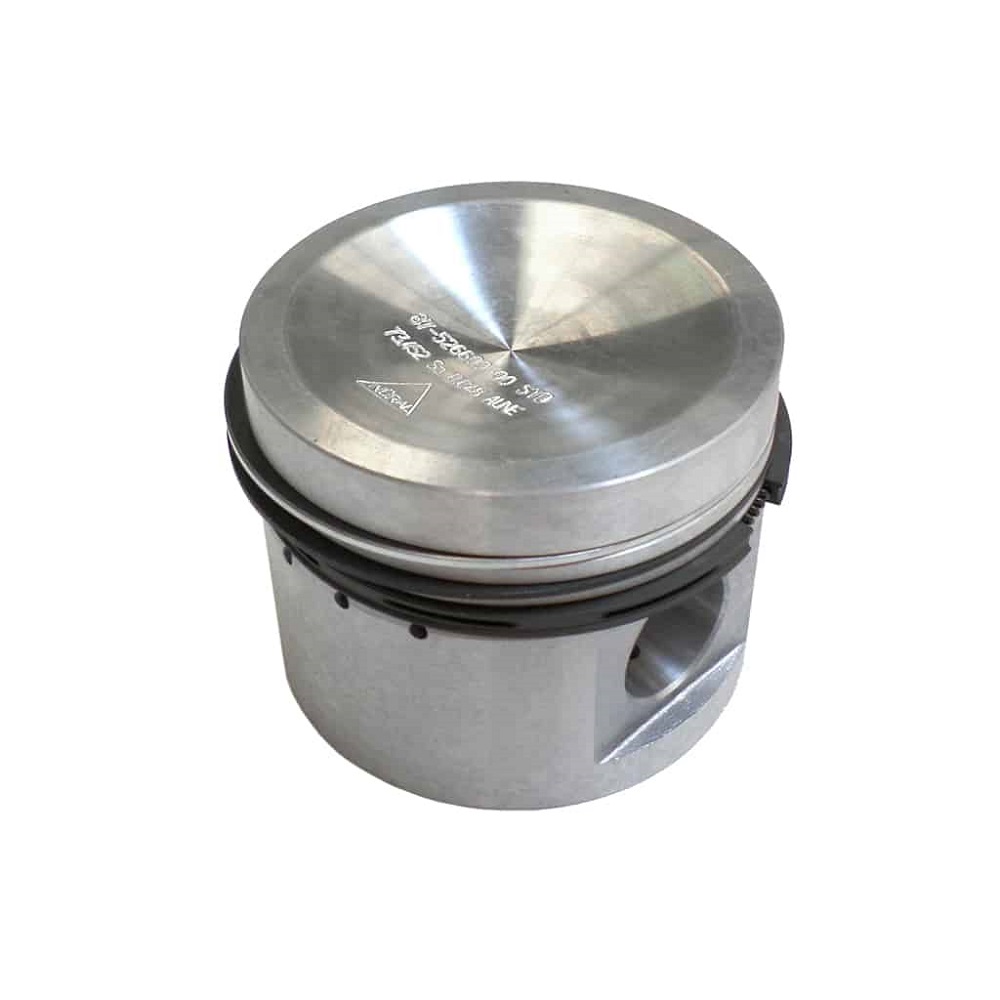
Materials Used for Pistons
Cylinder pistons take immense stress during engine operation. Their material plays a crucial role. Various materials meet the demands of durability, heat resistance, and efficiency.
Common Materials for Manufacturing
- Aluminum Alloys: Aluminum is lightweight and resists corrosion. These alloys are common for high-performance engines.
- Cast Iron: Known for its toughness, cast iron withstands extreme conditions in heavy-duty engines.
- Steel: Steel pistons offer better strength and withstand high-pressure environments in commercial engines.
- Carbon Composite: Used in advanced applications, it is light yet strong for high-tech engines.
Benefits of Different Material Types
- Aluminum Alloy Pistons: Reduce engine weight and improve acceleration efficiency.
- Cast Iron Pistons: Handle heavy loads and high heat better than other materials.
- Steel Pistons: Provide durability for engines running under stress for extended periods.
- Carbon Composite Pistons: Enhance fuel efficiency and performance in modern engines.
Material choice determines the piston’s reliability and engine efficiency. Proper selection ensures pistons meet specific engine requirements.
Types of Cylinder Pistons
Cylinder pistons come in various designs. These designs cater to specific engine needs and performance goals. Here, we detail three main types used widely in the industry.
Flat-Top Pistons
Flat-top pistons have a simple, flat crown. This design allows consistent combustion and even pressure distribution.
Key Features:
- Efficient air-fuel mixture burning.
- Commonly used in most standard engines.
- Balanced power output with good fuel economy.
Advantages:
- They work well with stock cylinder heads.
- Suitable for engines without performance modifications.
Flat-top pistons are versatile and a staple in many vehicle engines. Their efficiency makes them popular for daily use.
Domed and Dish Pistons
Domed and dish pistons cater to higher performance or specialized needs:
- Domed Pistons:
- Feature a raised crown to increase compression ratios.
- Enhance power output, especially in racing engines.
- Provide superior performance but may require high-octane fuel.
- Dish Pistons:
- Feature a concave crown to lower compression ratios.
- Preferred in supercharged or turbocharged engines to prevent knocking.
- Help handle high-pressure environments efficiently.
These designs offer tailored benefits, improving power or preventing damage in high-stress conditions.
Custom Pistons for Specific Applications
Custom pistons are crafted for specialized engines or high-tech applications.
Features of Custom Pistons:
- Tailored design dimensions for unique engines.
- Optimized for extreme performance or specific requirements.
- May combine materials like aluminum, steel, or composites.
Applications:
- Found in race cars or high-performance vehicles.
- Used in industrial engines requiring extra durability.
- Implemented in experimental or prototype engines.
Custom pistons meet strict performance demands. They are engineered for precision and efficiency in advanced systems.
Understanding these types helps in choosing the right piston for any engine application. The correct piston type enhances performance, efficiency, and longevity.
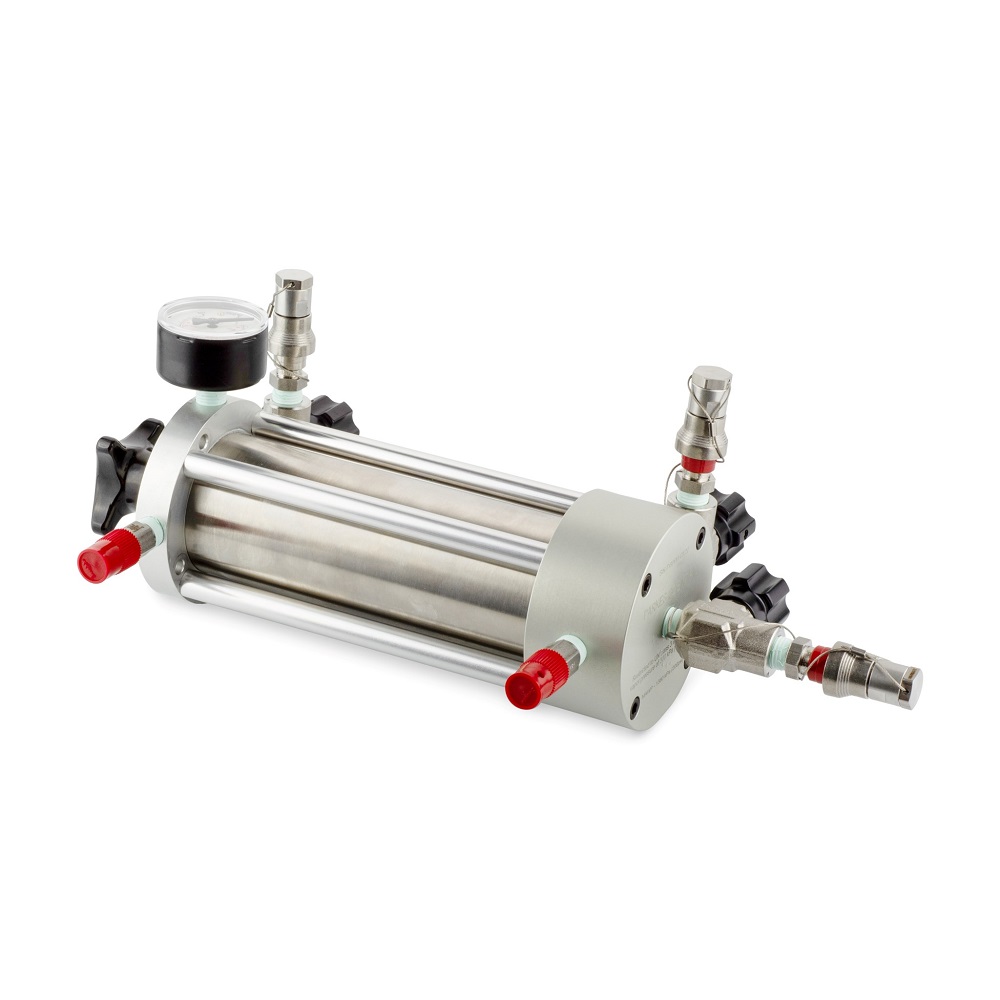
Common Issues and Maintenance for Pistons
Cylinder pistons face wear and damage due to regular engine operation. Proper care is crucial to maintain their efficiency and lifespan.
Identifying Wear and Tear on Pistons
Recognizing piston wear early prevents extensive engine damage. Key signs to identify wear include:
- Oil Consumption: Excess oil usage often signals piston ring wear.
- Loss of Compression: Reduced compression indicates piston or ring deterioration.
- Smoke from Exhaust: Blue smoke suggests oil leakage due to piston wear.
- Knocking Sounds: A noisy engine may indicate piston damage.
Regular inspection can help detect these issues before they escalate.
Causes of Piston Damage
Piston damage occurs due to various factors. Common causes include:
- Overheating: Excess heat can distort pistons and cause cracks.
- Contamination: Dirt or debris in the cylinder damages the piston surface.
- Poor Lubrication: Lack of oil causes friction, leading to wear.
- Incorrect Timing: Improper ignition timing can result in detonation, damaging pistons.
Understanding causes helps in preventing recurring problems.
Tips for Piston Maintenance and Longevity
Proper maintenance extends the lifespan of pistons. Essential steps for care include:
- Use Quality Fuel: High-grade fuel prevents knocking and excessive wear.
- Regular Oil Changes: Clean oil reduces friction and keeps pistons functioning smoothly.
- Clean Air Filters: Prevent debris from entering the cylinder and damaging pistons.
- Monitor Engine Temperature: Ensure proper cooling to avoid overheating.
- Timely Inspections: Regularly check pistons for wear and replace damaged parts.
Consistent maintenance ensures pistons work efficiently, supporting engine performance for years.
Innovations and Advances in Piston Technology
The evolution of cylinder piston technology has significantly improved engine performance and efficiency. Innovations in manufacturing processes and design enhancements continue to redefine piston capabilities. Understanding these advancements helps in selecting better pistons for specific engine needs.
Modern Manufacturing Techniques
Modern manufacturing methods have revolutionized how cylinder pistons are produced. These techniques ensure precision, durability, and efficiency.
- Forging Process:
- Forged pistons are stronger and can endure extreme engine conditions.
- This process improves durability by aligning metal grains for increased strength.
- 3D Printing:
- 3D printing allows for intricate piston designs tailored to unique engine requirements.
- It reduces production time and waste while increasing customization.
- CNC Machining:
- CNC machines create high-precision pistons for optimal engine performance.
- This method eliminates imperfections, ensuring better material consistency and fit.
- Coating Technologies:
- Advanced coatings reduce friction and heat, extending piston lifespan.
- Common coatings include ceramic or diamond-like carbon for heat resistance.
These techniques enhance piston reliability and adaptability, meeting the growing demands of modern engines.
Performance Enhancements in Pistons
Innovations focus on improving power output, fuel efficiency, and durability. These enhancements cater to various engine applications.
- Lightweight Designs:
- Lightweight pistons reduce the engine’s overall weight, improving efficiency.
- Aluminum alloys and composites are commonly used to achieve this.
- High-Performance Crowns:
- Enhanced piston crowns optimize combustion, increasing power and fuel efficiency.
- Domed or custom-designed crowns aid in achieving specific performance goals.
- Improved Heat Management:
- Advanced cooling channels integrated into pistons dissipate heat effectively.
- Lower temperatures improve piston reliability, especially in high-performance engines.
- Enhanced Materials:
- New material composites increase piston resistance to extreme pressures.
- Steel and carbon fiber composites are examples of materials used in racing and industrial engines.
- Reduced Friction Technology:
- Innovations like low-friction coatings minimize wear and improve longevity.
- This technology also reduces the energy loss in moving parts.
Performance-focused innovations ensure pistons meet the demands of modern vehicles. They also contribute to sustainable and efficient engine designs.
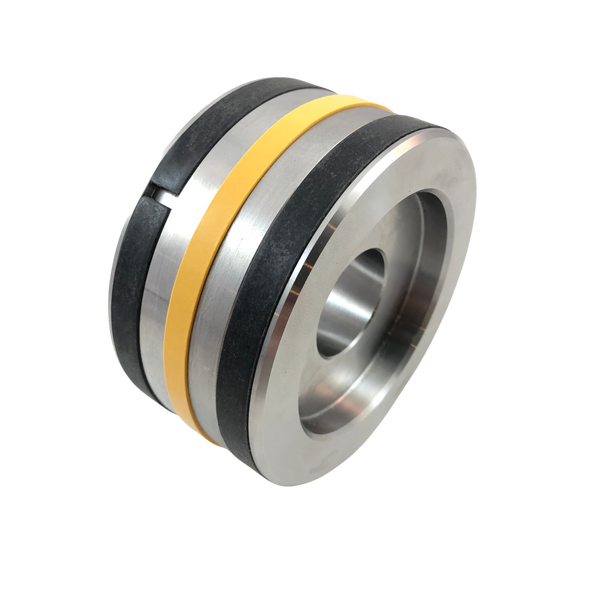
FAQs About Cylinder Pistons
Cylinder pistons play a vital role in engine operation. Here, we address common concerns about their functionality and maintenance. This guide helps clarify piston-related queries and provides practical insights.
Common Questions Regarding Piston Functionality
- How Do Cylinder Pistons Work?Cylinder pistons move inside engine cylinders to convert combustion energy into mechanical force. They drive the crankshaft, enabling rotational motion to power vehicles.
- What Are Pistons Made Of?Pistons are made from materials like aluminum alloys, steel, cast iron, or carbon composites. These materials offer durability and heat resistance.
- Why Are Pistons Important for Engines?Pistons enable the intake, compression, power, and exhaust strokes. These strokes generate the energy needed to run engines.
- Can Pistons Improve Engine Performance?High-performance piston designs, such as domed or custom crowns, optimize combustion and increase power output.
- What Happens If Pistons Fail?Piston failure affects compression, power generation, and engine efficiency. It can lead to serious damage if unchecked.
Answers to Maintenance Queries
- How Can I Identify Piston Wear?Excess oil consumption, loss of compression, and smoke from the exhaust are signs of wear. Regular monitoring helps detect issues early.
- What Causes Piston Damage?Overheating, dirt contamination, poor lubrication, and incorrect ignition timing are common causes of damage.
- What Maintenance Do Pistons Require?Use quality fuel, change oil regularly, and clean air filters to extend piston life. Routine inspections are also essential.
- Can Damaged Pistons Be Repaired?Minor piston damage can often be repaired. Severe wear or cracks may require replacements.
- How Do I Ensure Longevity?Keep the engine properly cooled, avoid overloading, and ensure timely servicing to prevent piston problems.
Answering these questions helps in understanding cylinder piston better. Proper care ensures a reliable engine and avoids costly repairs.
Choosing the Right Piston for Your Bike
Assessing Your Riding Style
When selecting a piston for your motorcycle, it’s essential to assess your riding style. Are you a casual rider or an aggressive enthusiast looking for performance? Understanding how you use your bike will guide you in choosing the appropriate piston type.
If you’re primarily riding for leisurely enjoyment, a stock piston may suffice. For those engaging in racing or high-performance riding, a forged or hypereutectic piston might be more suitable. Matching the piston to your riding style ensures optimal performance and satisfaction.
Consulting with Professionals
Consulting with mechanics or performance specialists can provide valuable insights into which piston will best suit your motorcycle. These experts can assess your bike’s current specifications and make recommendations based on your goals and riding habits.
Working closely with knowledgeable professionals can help avoid pitfalls that amateur modifications might introduce. Their expertise can guide your decisions regarding piston materials, sizes, and types, ensuring you achieve the performance you desire.
Considering Compatibility
When selecting a piston, it’s crucial to ensure compatibility with your engine. Not all pistons fit all engine designs, so research the correct specifications before making a purchase. Reviewing your motorcycle’s manual or consulting with your mechanic can help you determine the right fit.
Checking compatibility is vital for maintaining performance and preventing engine damage. Installing a piston that doesn’t match the engine’s design can lead to issues like knocking, overheating, or even complete engine failure. Investing time in understanding compatibility will pay off in the long run.
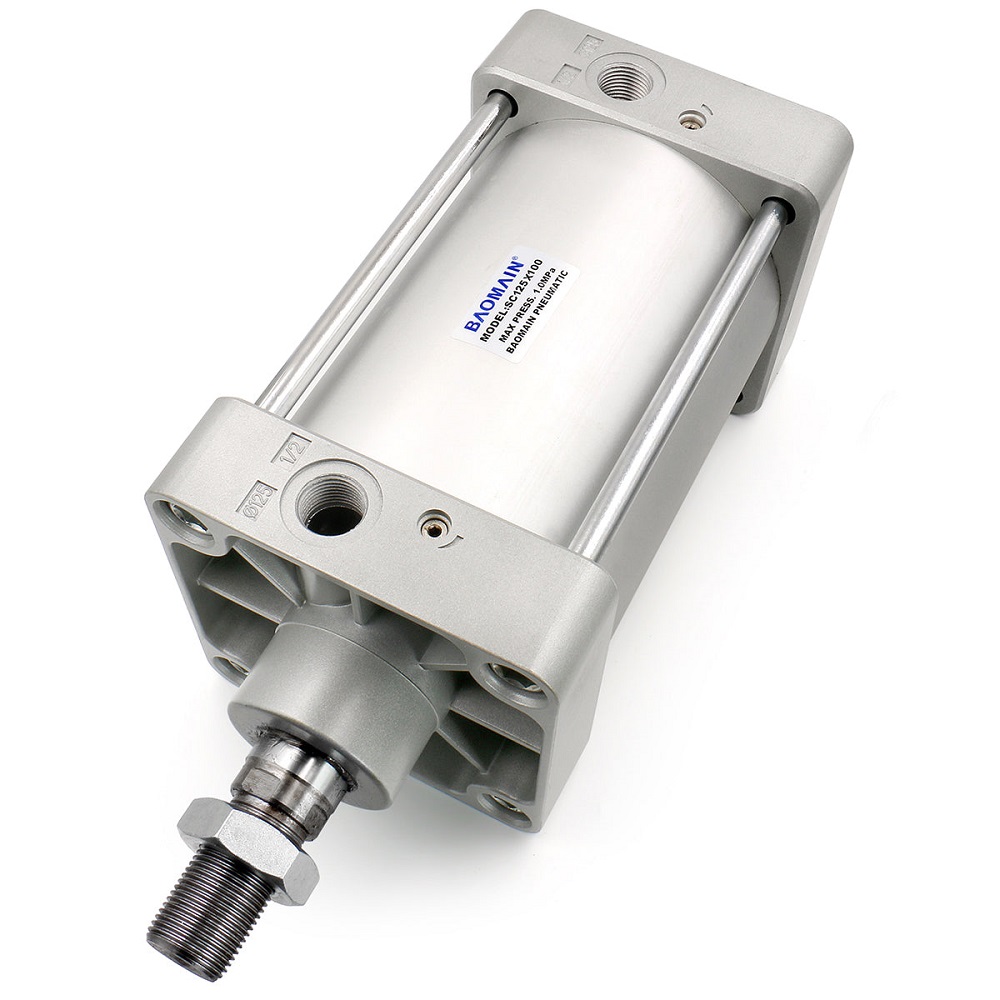
Conclusion
The cylinder piston is a key component in understanding engine performance for motorcycles. The importance of selecting the right piston cannot be overstated, as it directly affects performance, efficiency, and overall riding experience. With advances in technology and materials, riders now have various options to choose from that meet their unique needs and preferences.
The benefits offered by proper piston choices include enhanced power generation, reduced weight, and optimized efficiency. Riders often find themselves engaged in a community of enthusiasts who share insights and experiences regarding custom modifications. The growing complexity and availability of advanced piston technology have made customization and personalization central to motorcycle culture.
As you evaluate your riding style and preferences, consider the importance of the piston in your selection process. With the right information, support from professionals, and an understanding of your motorcycle’s needs, you can make informed choices that enhance your riding experience. Embrace the journey of exploring the mechanics behind your bike and the innovations that continue to drive the sport forward. The cylinder piston, while often overlooked, plays an integral role in the excitement and power that fuels the passion of motorcycle enthusiasts everywhere.
Leave a Reply